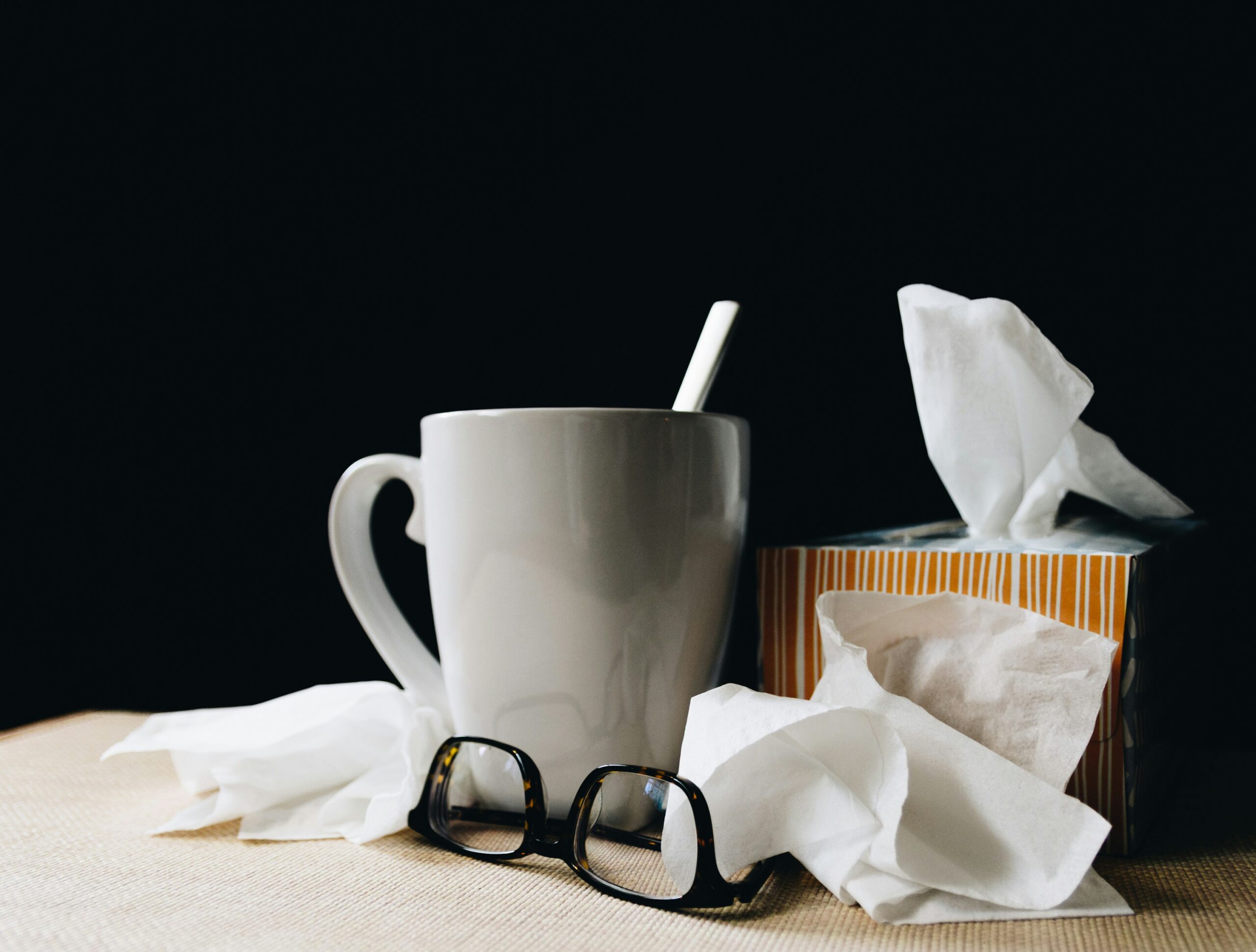The colder temperatures and darker days mean it is often easy to pike on your workout at the first sign of a sniffle but is that the best course of action?
The flu bug is an extremely contagious virus known as influenza, which affects the upper respiratory tract. It subtly changes every year so it is challenging to completely eradicate or vaccinate. A flu shot is a good idea but it’s not 100% guaranteed immunity maybe more like 30-40%. Exercise, nutrition, sleep, age, gender, body composition, stress and mood can all affect your immune system.
So how do you utilise exercise to boost your immunity and decrease your chance of getting the dreaded flu?
In 2008 a group of scientist looked at the relationship between exercise habits and influenza (Wong, 2008) and they found:
- People who did no exercise got sick pretty often
- Those who exercised between once a month to three times a week did the best
- Those who exercised more than four times a week got sick most often
Once again, more is not always more when it comes to exercise. The key is in understanding how ready you are for exercise and adjusting your intensity/duration/frequency accordingly.
I often ask my clients a series of questions at the start of a session to understand how ready they are to exercise. Things like how are your energy levels, any flu symptoms, muscle soreness and what has your sleep been like? All these will give me a picture on whether they might be on the cusp of flu and enables me to find the ideal exercise intensity.
Below are 3 levels of action depending on how bad the flu may have hit you
GREEN
Signs: energetic, well rested, no prolonged soreness
Readiness rating: 8-10 out of 10
Action: Make it a vigorous session. Research shows that vigorous exercise twice a week is a great strategy to fight the flu. High intensity interval training, resistance training or long-distance training are all great exercise options.
YELLOW
Signs: throat cough, runny nose, sneezing
Readiness rating: 6-7 out of 10
Action: A non-strenuous training session keeping intensity below 70% maximum heart rate for less than 60 minutes. An intensity where you should be able to hold a conversation. Saunas have little scientific evidence when it comes to boosting immune function but are my go to when feeling a little run down, the key is to stay hydrated. Focus on eating loads of nutrient dense vegetables to give the immune system an extra boost.
RED
Signs: body aches, cold sweats, high temperature, coughing/sneezing for more than 4 days
Readiness rating: 1-5 out of 10
Action: Promote recovery with a good nights sleep, even taking naps where possible. A light 30-minute walking intensity is good, even activities such stretching or foam rolling. Some of these symptoms can be signs of serious illness, so always consult your doctor.
The key is to always try to do something active. But if you push yourself and let illness take over, you could be out for two or three weeks. By easing off for couple of days off and avoiding a full-blown sickness will allow you to get back to training at full speed much sooner.
Reference:
Wong C-M, Lai H-K, Ou C-Q, et al. Is Exercise Protective Against Influenza-Associated Mortality? Montgomery JM, ed. PLoS ONE. 2008;3(5):e2108. doi:10.1371/journal.pone.0002108.





